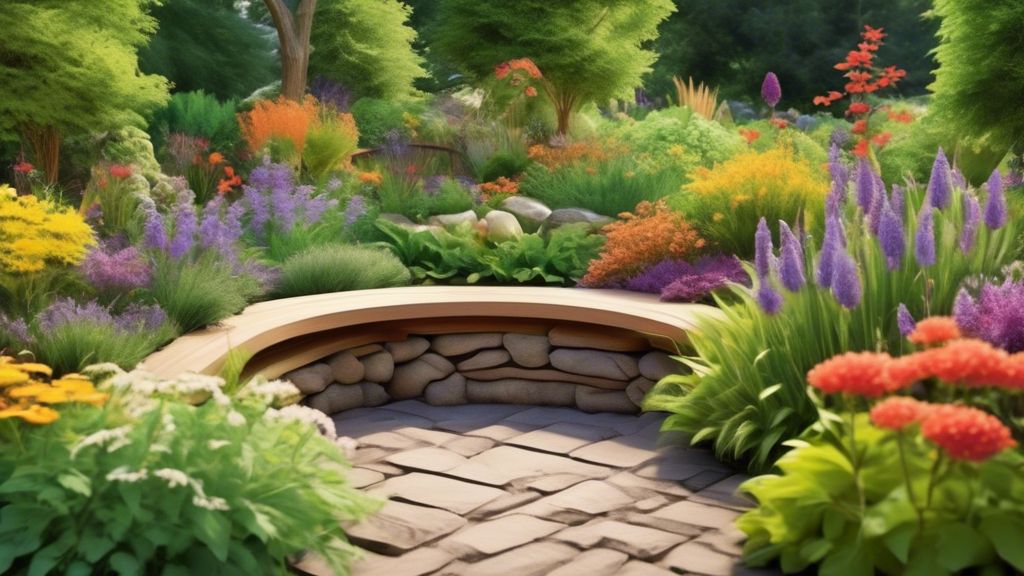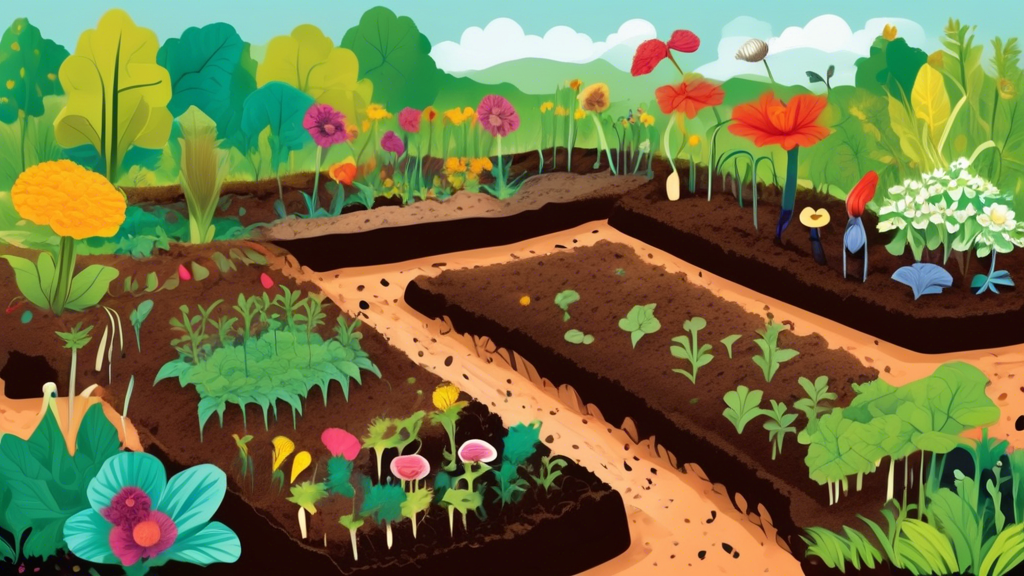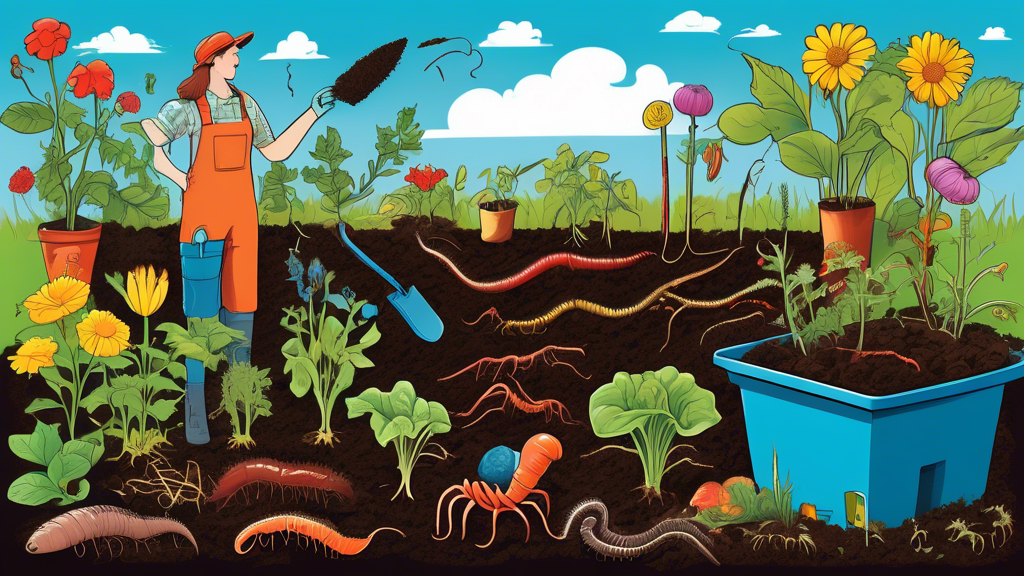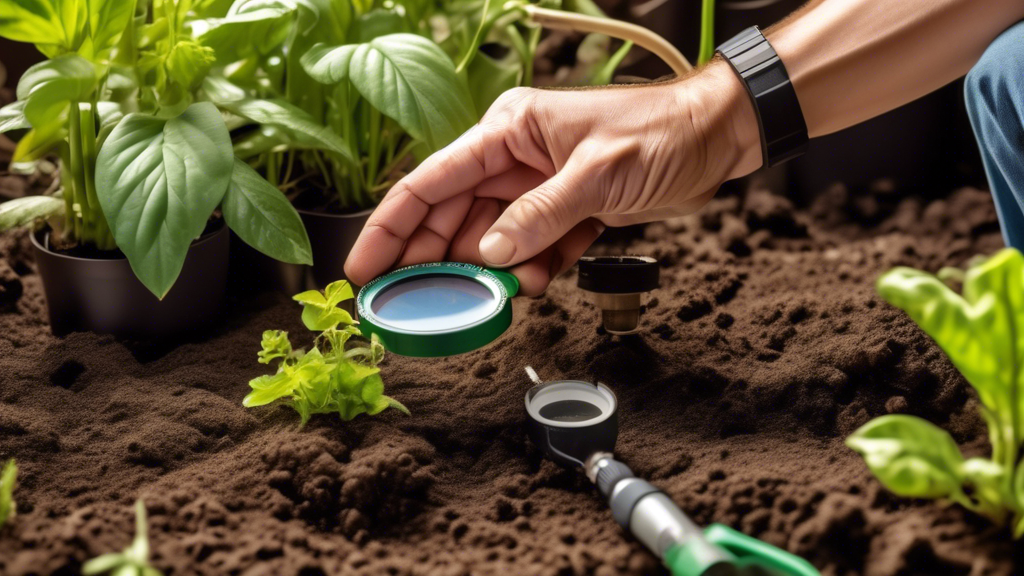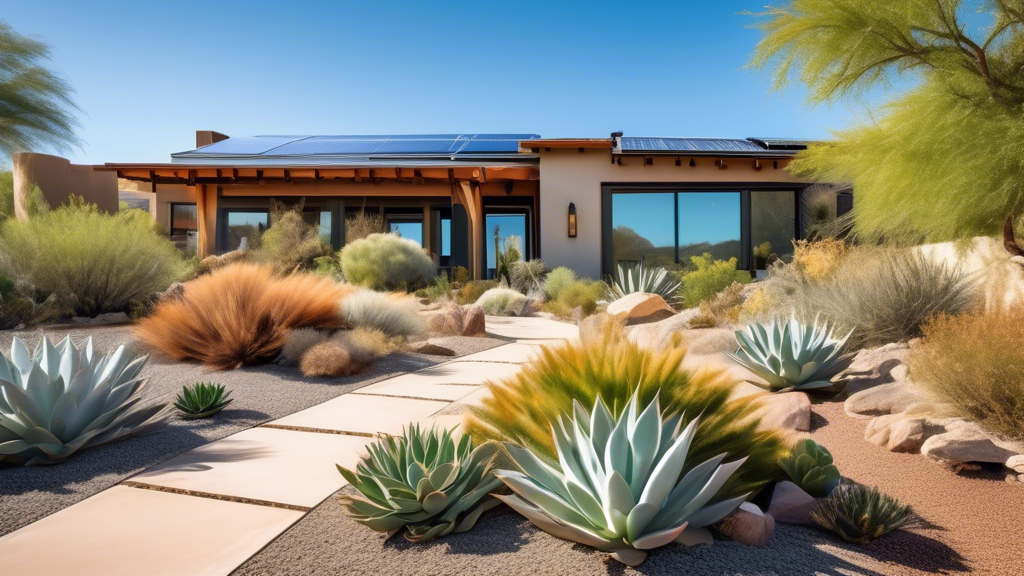
Core Advantages: Why Your Garden Should Be Drought-Resistant
Embracing drought-resistant gardening transforms your outdoor space into a sustainable oasis. This approach, often called xeriscaping, offers profound benefits that address common frustrations while contributing positively to the environment.
Significant Water Conservation and Lower Bills
Many homeowners struggle with escalating water costs, especially during dry seasons, and feel concerned about their environmental footprint. A well-established drought-resistant garden can use up to 60-90% less water than a conventional turfgrass lawn. This conservation effort extends beyond personal savings; it supports community water resources and reduces strain on municipal systems during critical periods.
Drastically Reduced Maintenance and Effort
If you’re tired of spending your weekends mowing, weeding, and fertilizing, a drought-resistant landscape offers a welcome reprieve. These gardens are designed with low-maintenance in mind. The plants selected typically grow slower, require minimal pruning, and their dense planting style naturally suppresses weeds, giving you more free time to enjoy your yard rather than labor in it.
Building a Resilient and Healthy Local Ecosystem
A traditional lawn often functions as a sterile monoculture, offering little support for local wildlife. Drought-resistant gardens, particularly those using native plants, become vibrant hubs for biodiversity. They provide essential food and habitat for crucial pollinators like native bees—which are often more efficient pollinators than honeybees—and various bird species, effectively turning your property into a wildlife sanctuary.
Improved Soil Health and Erosion Control
Traditional lawns with shallow root systems can lead to soil compaction and erosion. Drought-tolerant plants frequently develop deep, extensive root systems that act like “living rebar,” breaking up compacted earth, enhancing water infiltration, and firmly anchoring soil to prevent erosion during heavy rains.
Drought-Resistant vs. Traditional Landscaping: A Direct Comparison
| Feature | Drought-Resistant Garden | Traditional Lawn |
|---|---|---|
| Water Usage | Minimal; deep, infrequent watering | High; frequent, shallow watering |
| Maintenance | Low; little to no mowing, less weeding | High; weekly mowing, edging, weeding |
| Cost Over Time | Lower (water bills, less equipment/fuel) | Higher (constant inputs) |
| Biodiversity | High; attracts pollinators and wildlife | Low; a monoculture |
| Soil Health | Improves over time (aeration, organic matter) | Can lead to compaction and degradation |
| Aesthetic | Dynamic, textured, year-round interest | Uniform but can brown easily |
Beyond the Obvious: Unique Benefits You Might Not Know
While the primary advantages are compelling, drought-resistant gardening offers several lesser-known perks that enhance its value.
Natural Firebreaks for Property Protection
In fire-prone regions, a strategically designed drought-resistant landscape acts as a crucial defensible space. By incorporating fire-retardant plants and non-flammable hardscaping, you can create a barrier that helps protect your home.
Mitigating the Urban Heat Island Effect
Conventional surfaces like asphalt and traditional lawns absorb and radiate heat, contributing to higher local temperatures. Drought-resistant gardens, especially those using light-colored gravel mulch and plants that release moisture, actively cool their surroundings through evapotranspiration, making your property more comfortable and reducing the urban “heat island” effect.
Increased Property Value
A mature, aesthetically pleasing, and low-maintenance drought-resistant landscape is increasingly viewed as a valuable asset. Homebuyers recognize the long-term savings on water and upkeep, making such properties more attractive on the market.
Answering Your Questions on Drought-Resistant Gardening
FAQ 1: Does a drought-resistant garden just mean a yard full of rocks and cacti?
This is a common misconception. While succulents and rock features can be elements, drought-resistant gardens are incredibly diverse. They can be lush and vibrant, incorporating a wide array of native perennials, ornamental grasses, and shrubs that offer colorful blooms and varied textures throughout the year.
FAQ 2: Is it more expensive to install than a traditional lawn?
Initial setup might involve costs for design, soil amendments, and plants. However, the return on investment is swift due to dramatically lower water bills and the elimination of expenses for lawn chemicals, fuel, and equipment. Many local water utilities even provide rebates to incentivize conversion.
FAQ 3: Will it survive a heavy rain or a rare cold snap?
Proper design ensures excellent drainage to handle heavy rainfall. By selecting native drought-resistant plants, you’re choosing species adapted to your region’s full climate spectrum, including occasional extremes, making them remarkably resilient to weather fluctuations.
FAQ 4: Can I convert my existing lawn, or do I need to start from scratch?
You can absolutely transition gradually. Methods like “sheet mulching” or “lasagna gardening” allow you to smother existing grass and build new planting beds directly on top of your lawn, enabling a section-by-section conversion without starting over completely.

